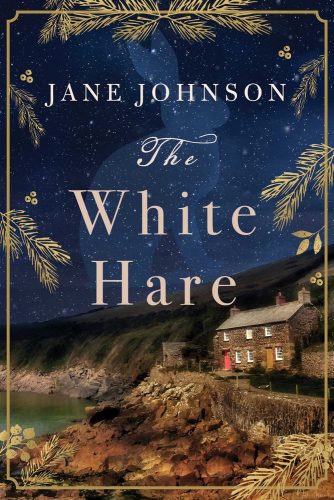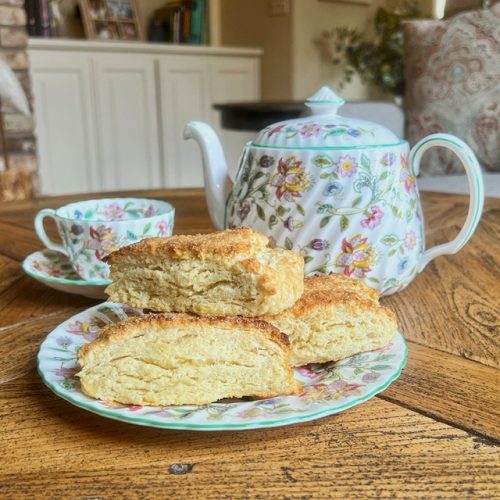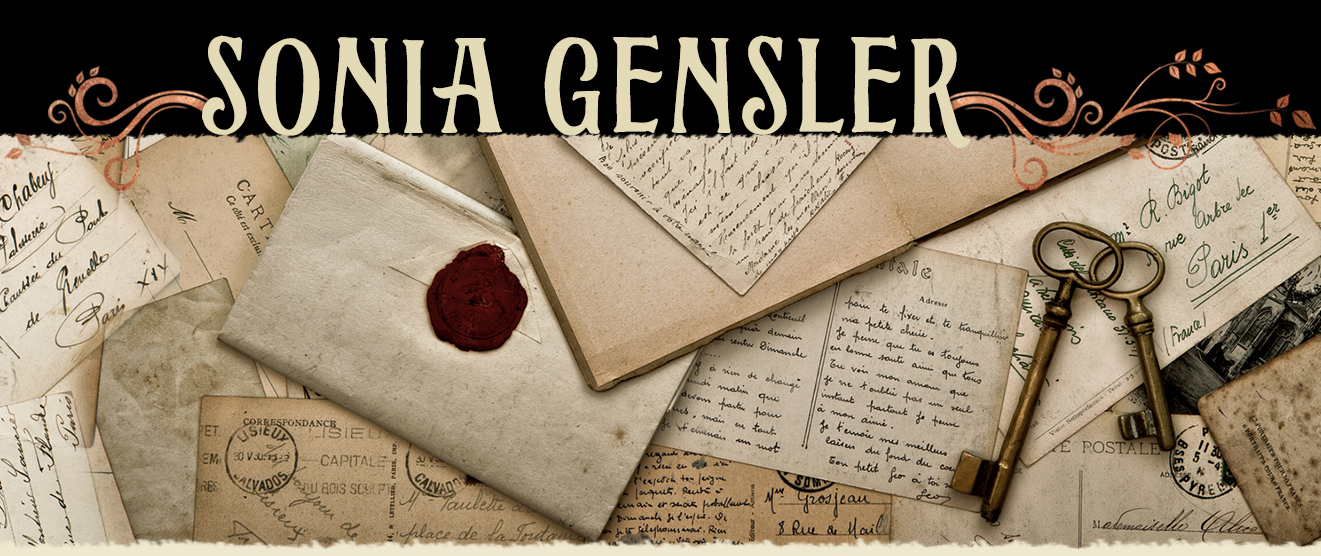
Here I am again at the last minute with May’s horror reading recommendation. Continuing with last month’s theme of folk horror, I offer a mysterious and romantic tale set in Cornwall shortly after World War II. Check out this synopsis from the publisher:
In a Cornish valley steeped in legend lies an abandoned house where Edens may be lost, found and remade…
The house at White Cove comes with a reputation. Once the venue for glittering parties, it has lain neglected since the war, which is why Mila and her mother Magda acquire it so cheaply in the summer of 1954. While Magda plans to restore the house to its former glory, Mila just wants a happy home for her little girl, Janey.
Locals say this valley is home to a white hare; to some it’s an ill omen, to others a blessing. Feeling fragile and broken-hearted, Mila is in need of as many blessings as she can get. But will this place provide the fresh start she so desperately needs?
An intriguing passage from The White Hare:
“You think the valley is . . . haunted?”
“I suppose that’s a way of putting it, but not haunted, exactly. It’s more that landscape is sensitive to what happens to it, on it, around it, you know. The land is like a body. It carries scars, and it remembers. And down here particularly, the geology reinforces that. The structure of granite is full of crystals – mica and quartz and feldspar, and that can trap energies inside them. And water carries memories too… and water feeds the trees and underground networks of fungi, and the animals and birds. ‘Combine all that with a remote location and a population with a strong identity and a long tradition of nonconformity that goes all the way back to a matriarchal culture and you have a potent mix. People here were slow to convert to the new religion; they espoused the old ways. Many of them still do. If not precisely the ancient goddess cultures, then spirits of the wild, spirits of place. This area has an atmosphere, don’t you think? It has real depth and richness, a sense of grandeur and power.’”
What do Hares have to do with Folk Horror, anyway?
I didn’t know much about hares until after we’d traveled a few times to England. Often when we visited a quaint village and looked in the shops, we would find artwork and jewelry featuring hares. (I’m sure at one point I called them rabbits in front of the vendor and was quickly corrected!) I remember learning that long ago hares were sometimes — in the twilight — mistaken for witches. And often these witchy hares would box each other. (Hares really do this!) Learn more from these interesting articles:
The Folklore of Rabbits and Hares
My thoughts about The White Hare:
How I loved the setting! Cornwall is one of my favorite places in England — the birthplace of King Arthur (according to tradition) and a gorgeous location steeped in all manner of lore and magic. The post-WWII setting of The White Hare adds a rather noir/post-traumatic atmosphere, which is a perfect contrast to the magical setting. The mystery is complicated, the characters are nuanced, and the horror is on the milder side. It’s a 400 page book (nearly), but it seemed to move along at a good clip. I very much appreciated the Author’s Note and a “Further Reading” section at the back of the book. And if you prefer to listen to your books, there’s a good Audible audiobook.
I do want to mention that there is an important reveal toward the end of the novel, and the rest of the narrative — a considerable number of pages — is dedicated to explaining that reveal. It wasn’t my favorite way of wrapping up a tale, but it wasn’t a deal breaker.
I intend to track down many more folk horror novels, so do let me know at IG or FB if you have any suggestions. For a very detailed overview of folk horror in film, you might take a look at Woodlands Dark and Days Bewitched on Shudder. This lively. documentary runs over three hours, so I had to watch it in chunks, but it’s a thorough and fascinating survey of folk horror themes in film. My folk horror watch list is LENGTHY.
Now for tea:
On my birthday, I decided to have scones for lunch. And I made them myself from the easiest mix I’ve ever used — the “Traditional Scone Mix” from Stonewall Kitchen. (Note — these are NOT gluten-free. But they did not bother my stomach.) The only ingredients necessary for this mix were water and butter. I expected them to be terrible. HOWEVER, I am pleased to say they were moist and delicious. They were tasty all on their own, but I splurged with a bit of butter and honey. OH MY. Such a treat. I’m pretty sure these are the best scones I’ve ever had out of a box. Happy Birthday to me!

Stay tuned for another horror option in June, and thanks for reading!



